Rock Host, Infrastructuring the Void
岩间寄存,虚空的显影
07 DEC 2024 - 16 FEB 2025
策展人 CURATOR 龙星如 Iris LONG 贺子珂 HE Zike
艺术家 ARTISTS
Badel/Sarbach
Cao Fei 曹斐
Chen Xiaoyi 陈萧伊
Dennis de Bel
Duruo Wang & Zhang Wenxin 王杜若&张文心
Filips Stanislavskis
Himali Singh Soin
Lithic Alliance
Luo Shuang 罗爽
Marina Otero Verzier
Monica Ursina Jager
Salvatore Vitale
Tega Brain
The Nomadic Department of the Interior
Timur Si Qin 铁木尔·斯琴
Zou Tao 周滔
艺术家 ARTISTS
Badel/Sarbach
Cao Fei 曹斐
Chen Xiaoyi 陈萧伊
Dennis de Bel
Duruo Wang & Zhang Wenxin 王杜若&张文心
Filips Stanislavskis
Himali Singh Soin
Lithic Alliance
Luo Shuang 罗爽
Marina Otero Verzier
Monica Ursina Jager
Salvatore Vitale
Tega Brain
The Nomadic Department of the Interior
Timur Si Qin 铁木尔·斯琴
Zou Tao 周滔
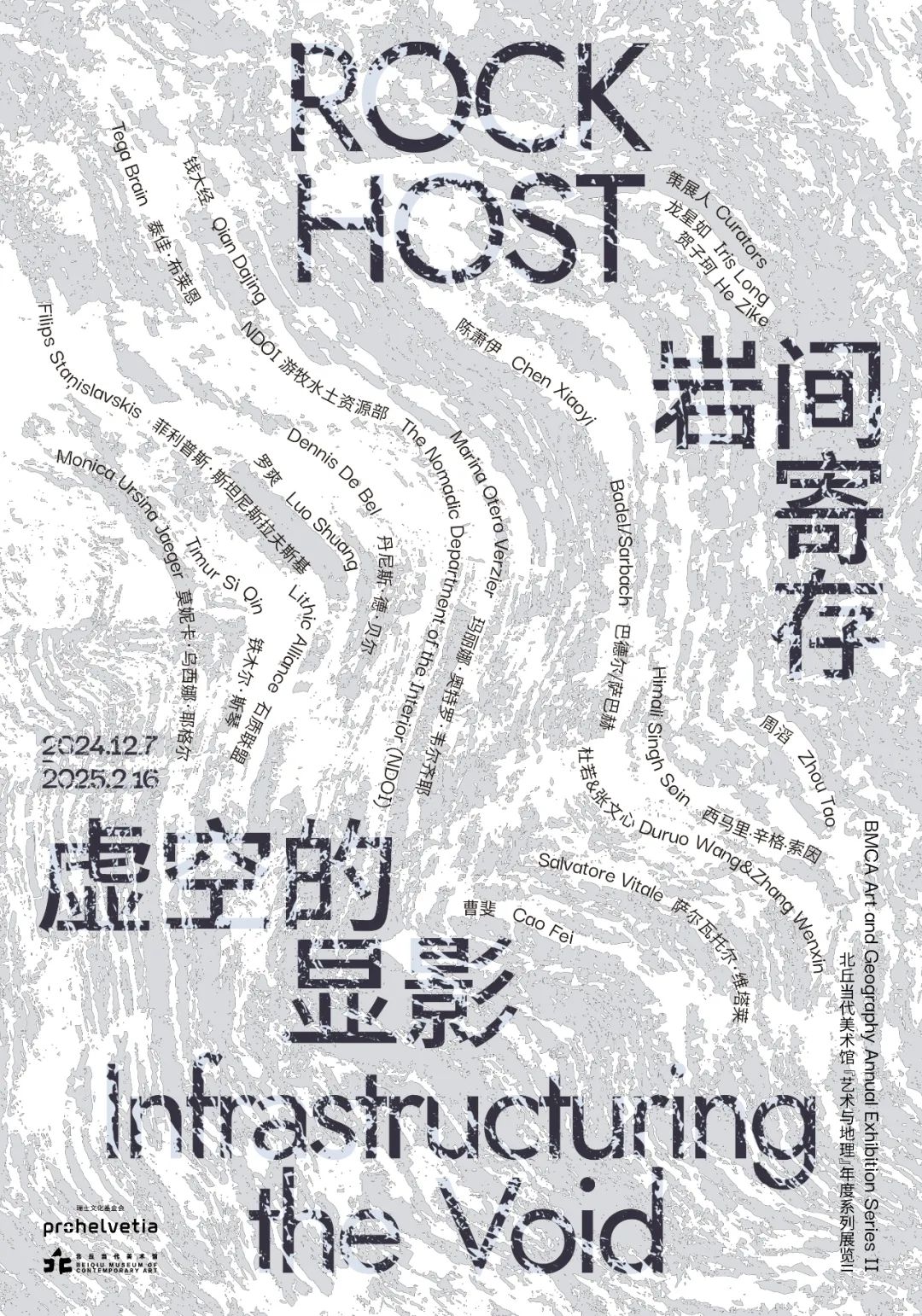
扒山扒岭的,不算生最早;钻山潜水的,年纪不算老。哪个生最早?哪个算最老?云雾生最早,云雾算最老。
⸺苗族古歌:开天辟地歌
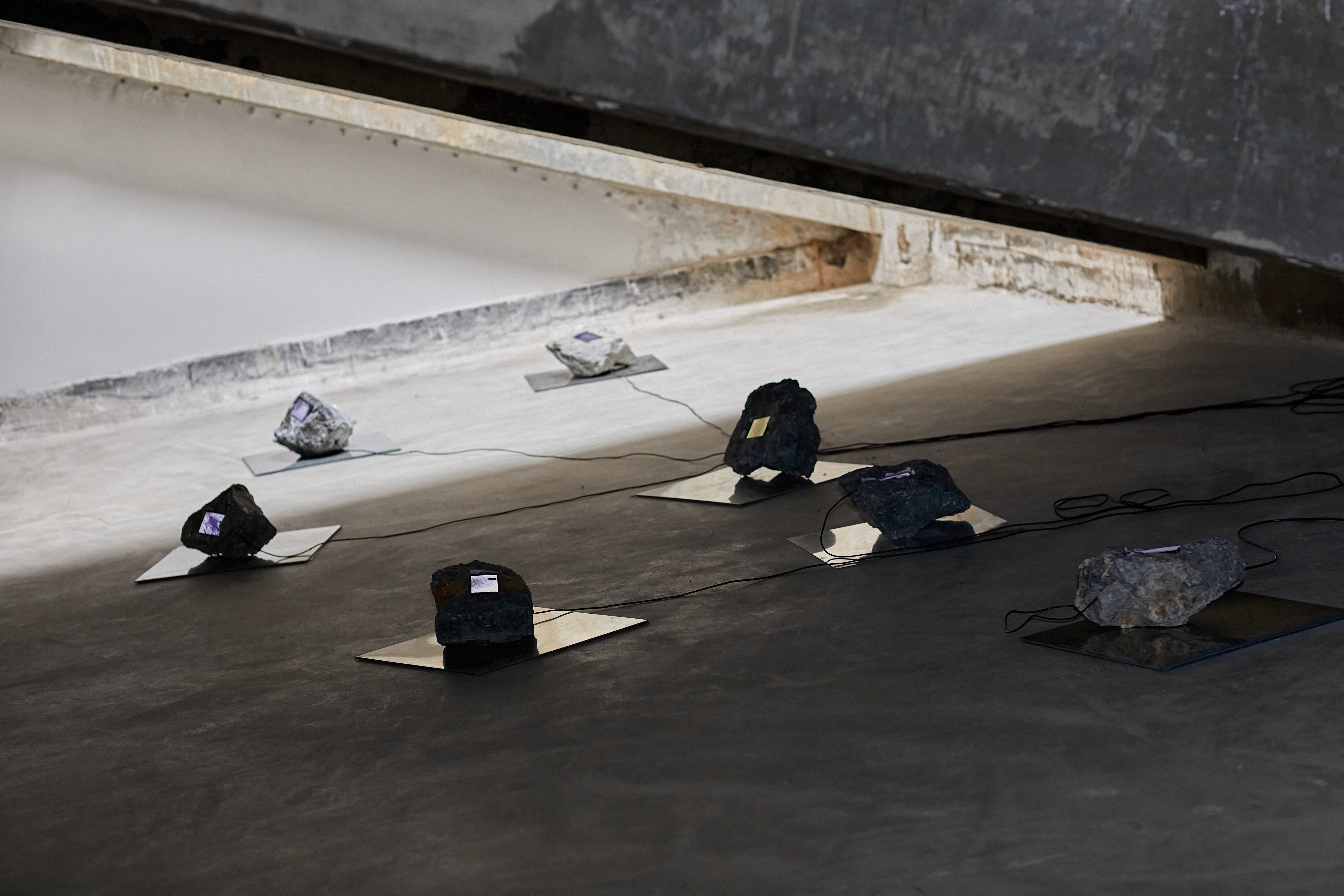
“岩间寄存,虚空的显影”(Rock Host, Infrastructuring the Void)是从龙星如与贺子珂曾持续了三年的“云下贵州”研究项目中生成的展览。这一以中国西南喀斯特山地为入口和初始样本不断发散的集体项目,通过从「云上」到「云下」的具身访问,展开了一段对包括数据中心在内的新型科技基础设施在本地与更广泛的陆地内,同地质、能源、气候、生态和人之间共存关系的松散叙述。英文中,Host既是一种「宿主」,也是一种「主机」。而物质性的岩石,在此成为了一种灵感媒介,它以深度时间中的储存容纳着数字虚空的载体,也在形塑着不同宇宙视点、自然和历史形态中的体验。
在三年间多次的旅行里,我们和岩石反复相遇。喀斯特地貌在这里雕刻出数不尽的负形:深邃的溶洞、无尽的暗河、突然塌陷的天坑。石头原本是坚固耐久的,在贵州的溶岩结构中,却包裹着各式各样的气泡,如同一块海绵。这些天然的虚空之地,在不同的历史时期里寄存着记忆的诸种载体。自古,这里的洞穴里掩藏着苗族人的棺椁;三线时期,岩间的虚空被植入了国防工厂,造飞机,挖铀矿;在「东数西算」等数字基建如火如荼的进程里,山形地貌托管着数据中心和射电望远镜等大型科学装置。“云下贵州”团员几乎都去过格凸河,在这条巨大的暗河深处,水如同是静止的。两侧的巨型岩洞,让河流的来处和去处成了黑暗虚空中的谜团⸺地理上的,时间中的。岩间的孔洞见证着记忆载体和工程基建的更迭,也观望着它们如何同时被技术的时间之流所废弃和遗忘。正如洞穴里的地下暗河,在东西方的传说里,都被叫做「忘川」(Lethe)。
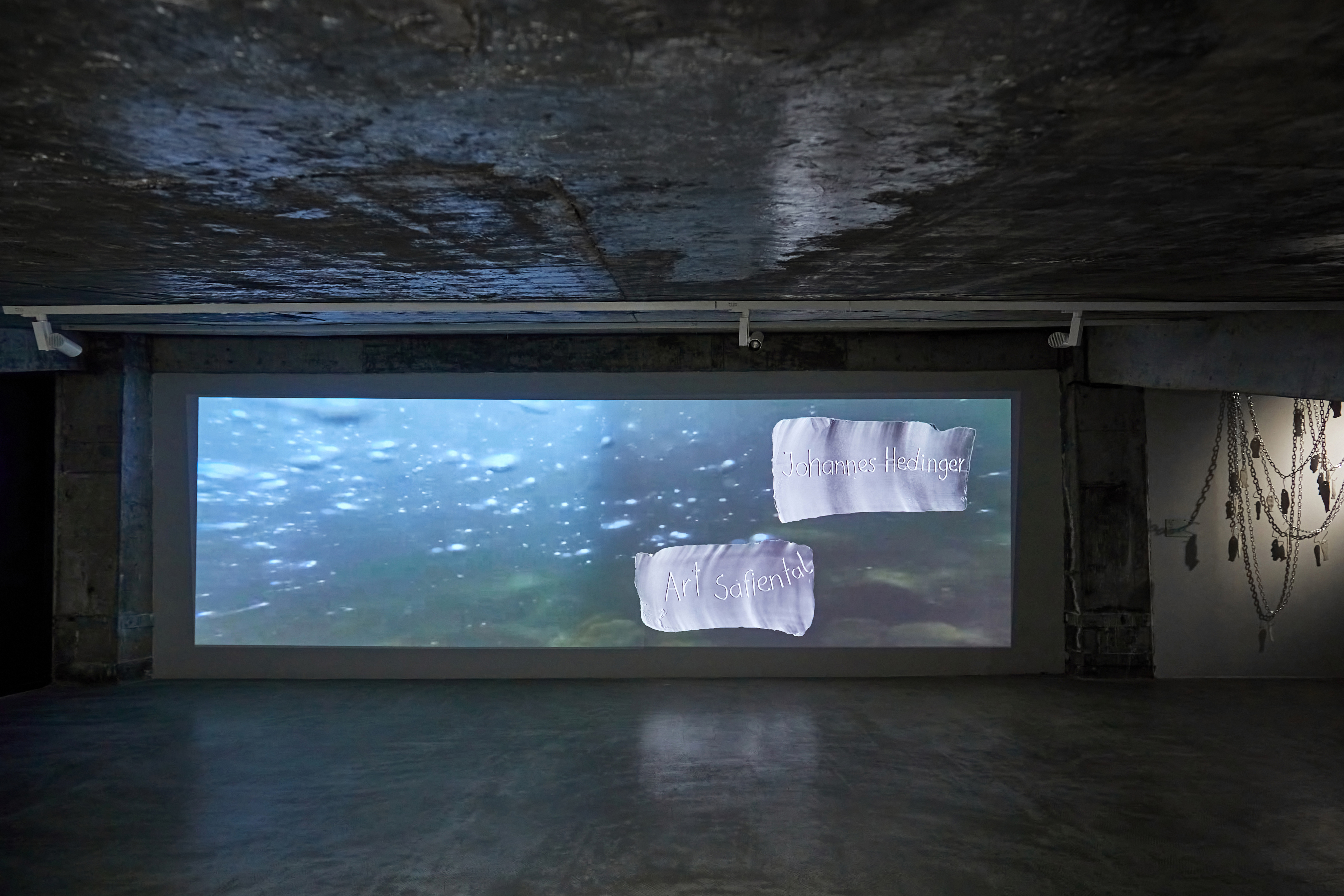
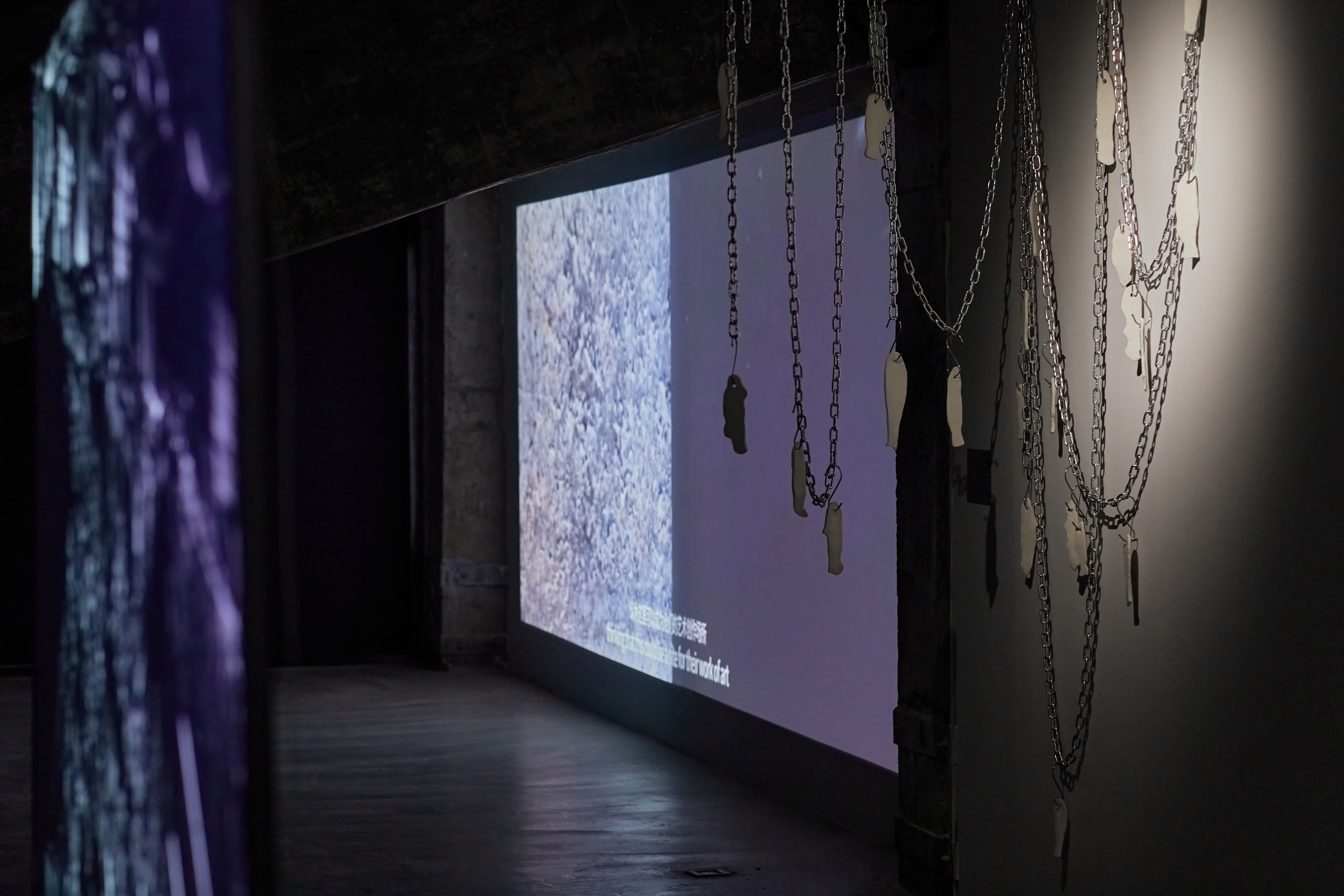
岩间的虚空,既是地质构造的孔隙,也是技术化的山体中多维并行的存有。它们是不可见的信号,跨越山海的数据;是探险者的栖身处,也是讲述故事的人停留的地方。对「岩间虚空」的关照,源于“云下贵州”基建之旅的具身经验,也思考着坚实介质内部的孔洞(porous space),如何被地质与技术时间摩擦与纠缠所构形。地质学家扬·扎拉谢维奇(Jan Zalasiewicz)通过引用地质学隐喻来形象化从宏观到微观尺度的时间和物质的转变:他认为,地球是一个「地层学」的机器,只是以极其缓慢的方式在进行运转⸺形成一种纵向的地理。展览“岩间寄存”不仅仅关于这座岩层机器在地质学意义上的运作,而更在于地质变化所裹挟的技术基建的更迭,在其摩擦处产生的间隙或内部的折痕。孔洞是在运动中产生的、会呼吸的、不曾被填满的。正如喀斯特地貌的孔洞会调节水文与气候,展览所探究的「岩间虚空」,也以呼吸一般的方式回应着遍布着人类痕迹的技术-环境耦合体的变迁,并就此思考,今日的科技基础设施是否更似一种具备生机的「技术-自然」连续体(会呼吸的岩体),而非孤立的、外化的、枯燥的技术对象(沉积的地层)。展览也将叙事拓展到全球范围内针对基础设施与地质环境嵌套关系展开研究的作品,它们一部分来自“云下贵州”项目的参与者,一部分来自三年间在此路径中沟通与联系起来的艺术实践网络。在以「岩体」为中介,也以地理为思绪的拓扑中,思考与记忆从阿尔卑斯山麓蔓延至喜马拉雅,跨过横断山脉,潜入贵州的喀斯特洞穴,最后贮藏于北丘的掩体之中⸺某种视角下,这些延绵的内陆山系在不同的时期都扮演着一种更大的掩体。
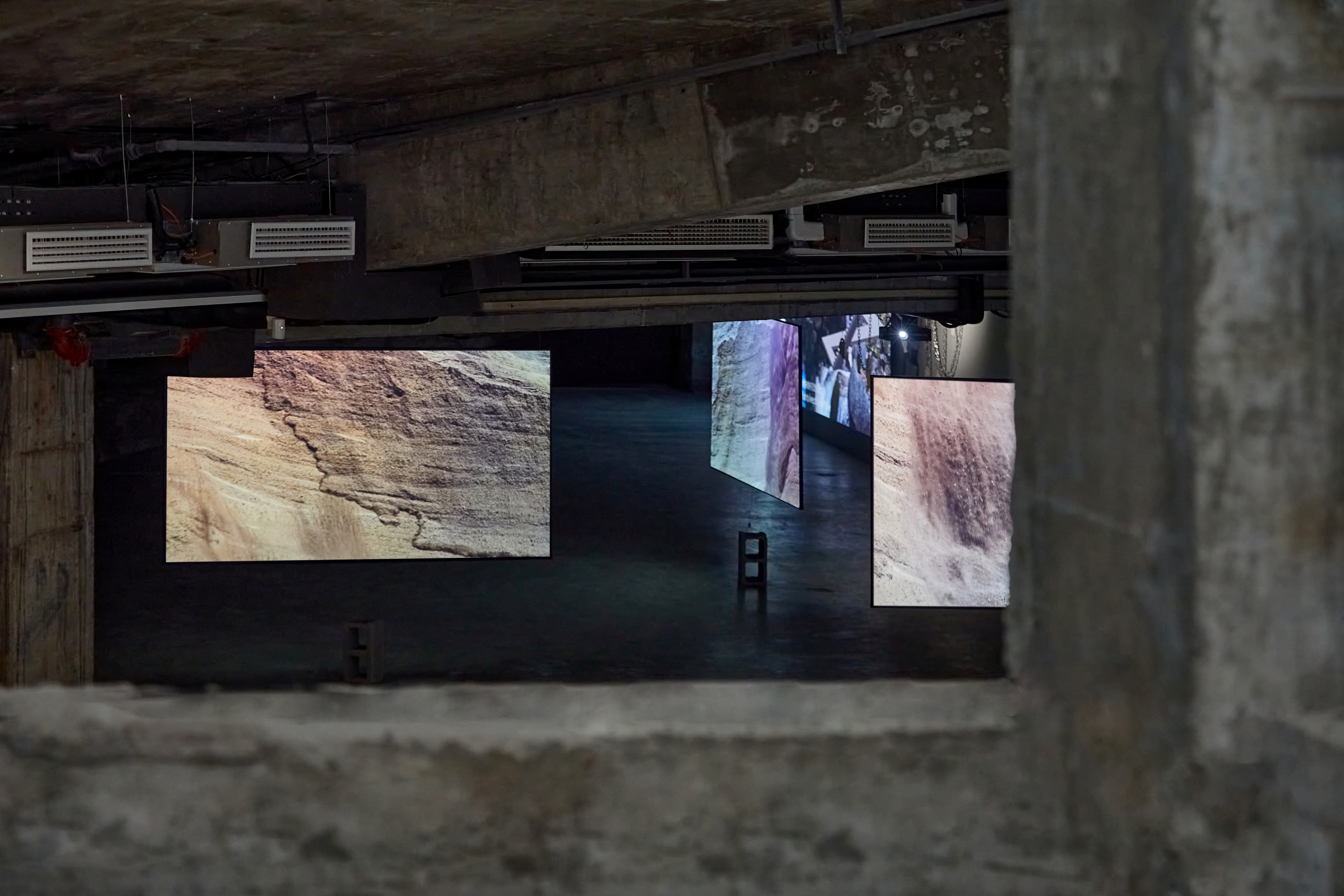
岩间的中空里镶嵌着观察之目,基础设施化的自然首先是被机器之眼洞穿和测绘的自然。《退隐!不息的风景》从监控摄像头的视角窥探着从冷战的防御工事到近代的数据中心,如何塑造着阿尔卑斯山。而《静态山脉》则反思了喜马拉雅山的神圣地形所掩埋的一段关于核动力监视装置的历史。
岩间的中空是虚和实的界面,也承载着「时满时空」的瞬息万变:纪实的背景和虚构的空间、人类的脚印和非人的心跳,都在此交叠。作为山神食物的矿石被人类夺走(《当特提斯海向西退却,留下残响》),水电站建起,而鱼的栖息地支离破碎(《失落的水域》),运行着宇宙模型的计算机散发出热量,蚯蚓靠着这些热量创造出肥沃的土壤(《运算堆肥》)。在这个岩间空地,人与非人的角色均有登场,但谁也不曾成为中心,倒是一切都被统摄在岩层的调度里,在时间中或错视(《太阳直射》)、或流动、或钙化(《液态的时间》)、或偶遇(《偶遇的碎片》)、或缓存(《风物缓存》)。
岩间的中空也寄存着气态的雾和液态的水⸺在苗族古歌里,「云雾」是世界的起源。在今天,许多冷数据中心和计算基建都建造在有着防灾能力的冷战掩体、自然洞穴乃至矿井中(《山中要塞》),服务器是骨骼,而数字之云则是附着其上的面纱(《疑云》《洛绒之石》)。当两朵云不再可被轻易分辨,在自然中藏匿的技术印痕,也开始显影(《大数据之轴》),抑或在遥远的未来经历某种不可预期的场景转换,而对这些转换的想象,或许可以构建一种关于技术的平行未来(《辐射-轨道》《倒转之丘》《西部世界》)。
展览将北丘美术馆的展厅想象成一个巨大的岩间机器,在设计中亦大量使用在实际基建中会使用的可回收材料,将现场转换成一个如同在建设又如同废弃的,时间里的「虚空基建」,安放在岩层之间。
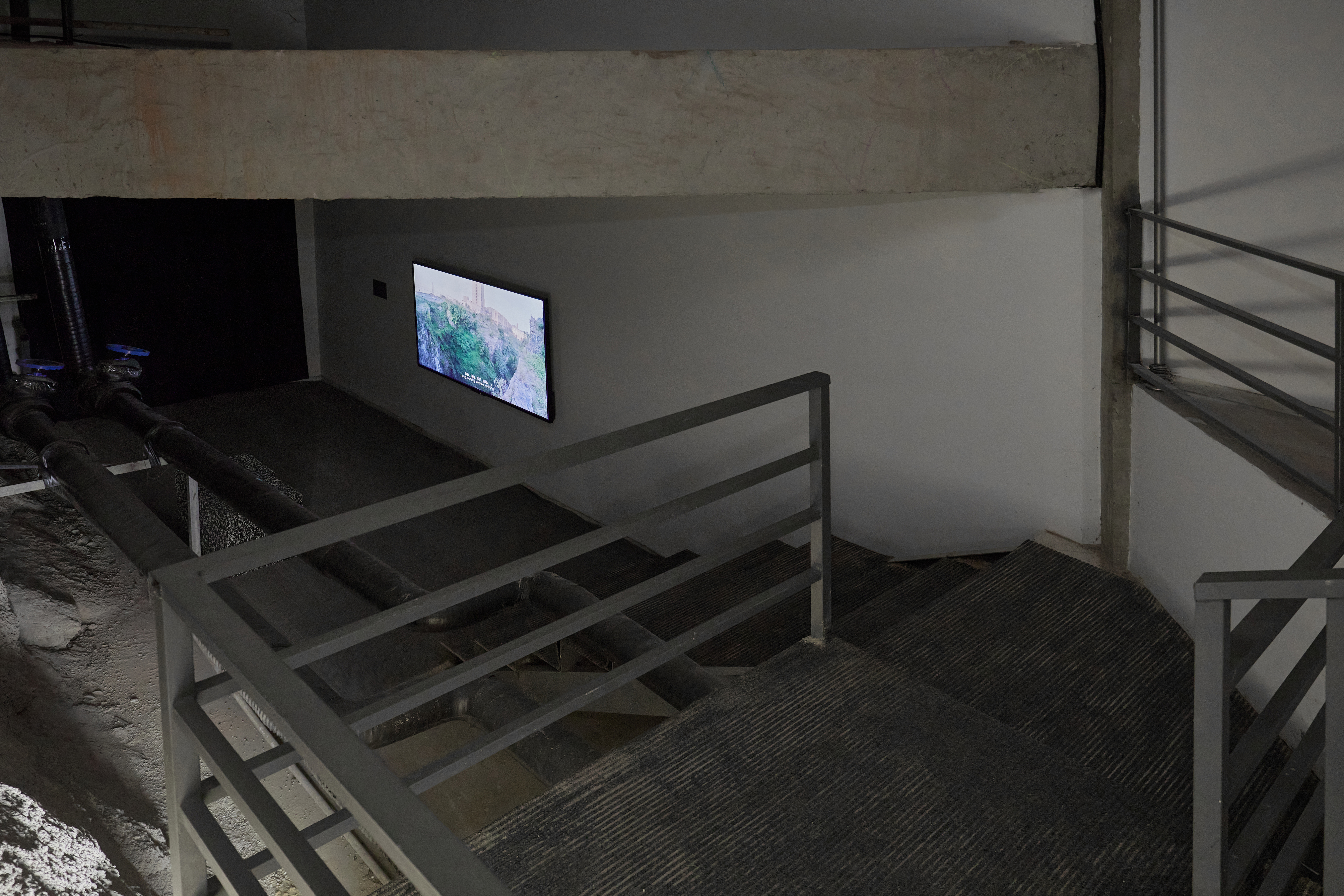
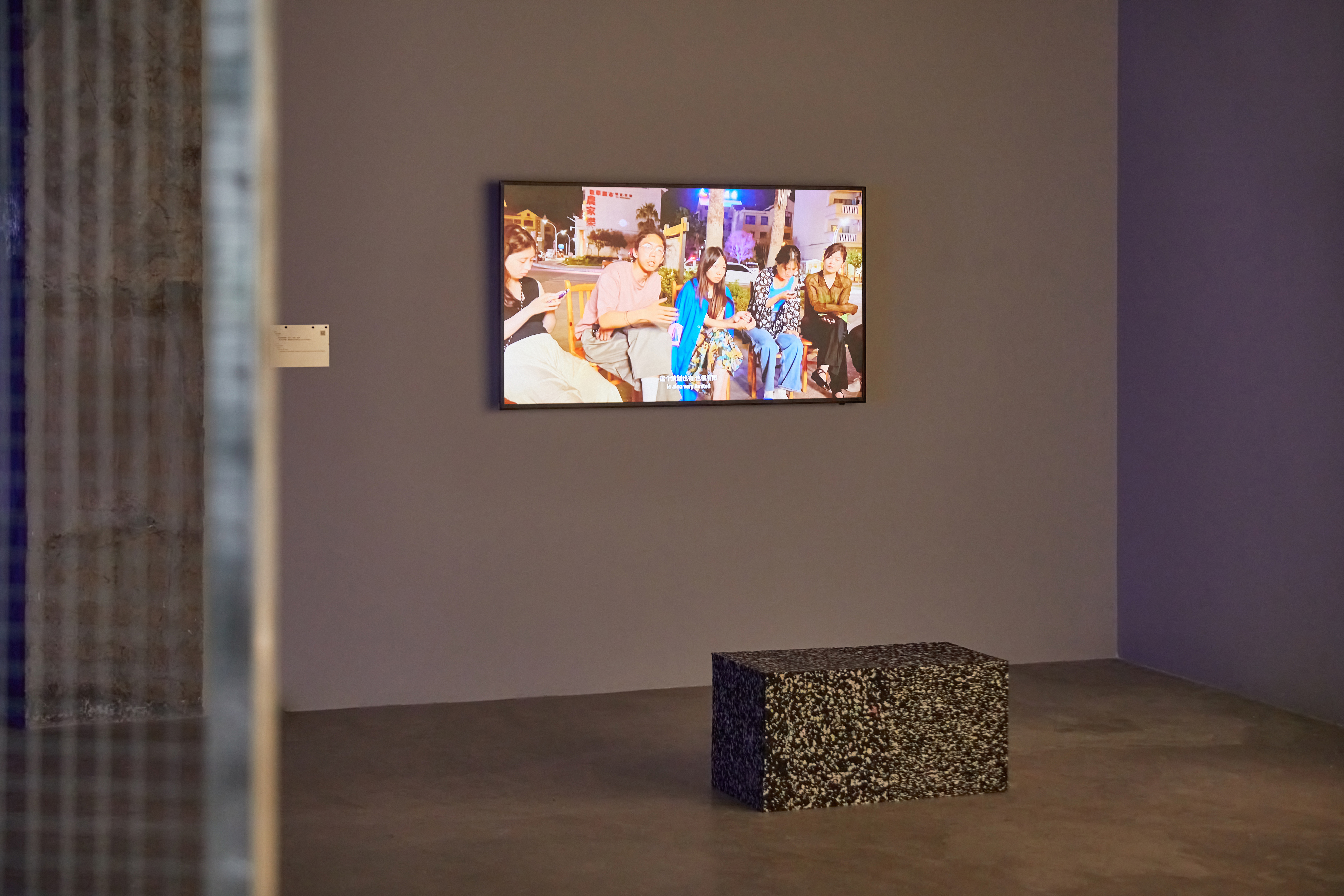
Climbing mountains and crossing ridges does not make one the earliest born; delving into mountains and diving into waters does not make one the oldest. Who is the earliest born? Who is the oldest? The clouds and mist are the earliest born, and they are the oldest.
— Ancient Miao Song:The Song of Creation
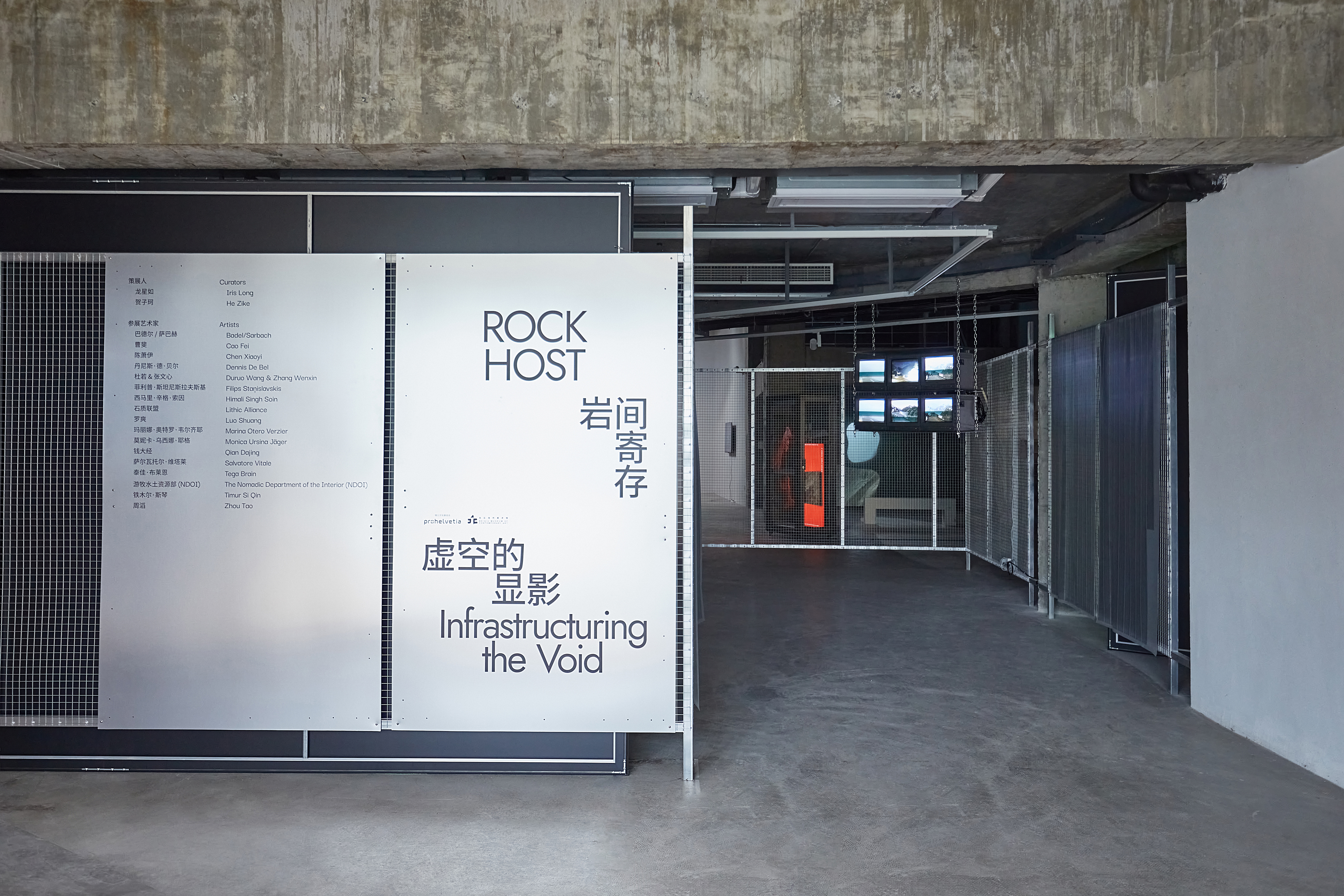
Rock Host, Infrastructuring the Void originates from the three-year-long research project Under the Cloud: Guizhou by Iris Long and He Zike. This exhibition, evolving from a collective project that began with the karst mountain regions of Southwest China as its entry point and initial sample, explores the embodied traversal from “above the cloud" to “below the cloud." It narrates, through subtle connections,the coexistence of new technological infrastructures—including data centers—with geology, energy, climate, ecology, and human life, both locally and across broader terrains. In English, host signifies both a “hostorganism" and a “host computer." Here, the materiality of rock becomes a source of inspiration, serving as a vessel in deep time that holds the digital void. It also shapes experiences within varying cosmic perspectives, natural forms, and historical contexts.
Over the course of three years and numerous journeys, we encountered rocks time and again. In the karst landscapes of this region, an endless array of negative forms emerges: deep caverns, boundless underground rivers, and sudden sink holes. Though stone is inherently solid and enduring, the limestone formations of Guizhou are riddled with bubbles, resembling a sponge. These natural voids have served as repositories for various carriers of memory across different historical periods. Since ancient times, the caves here have concealed the coffins of the Miao people. During the Third Front Construction period, the voids within the rocks were repurposed to house national defense factories, producing airplanes and extracting uranium. In the current surge of digital infrastructure projects such as Eastern Data, Western Computing, the mountainous terrain now hosts data centers, radio telescopes, and other large-scale scientific installations. Members of the Under the Cloud: Guizhou project have almost all visited Getu River. In the depths of this vast underground river, the water appears motionless. Flanked by enormous caves, the river’s origins and destination remain mysteries cloaked in the void—geographical and temporal. The cavities in the rocks bear witness to the evolution of memory carriers and engineered infrastructures, observing how they are simultaneously discarded and forgotten in the flow of technological time. Much like the underground rivers within these caves, such as those referred to in both Eastern and Western legends, they are known as the River of Forgetfulness (Lethe).
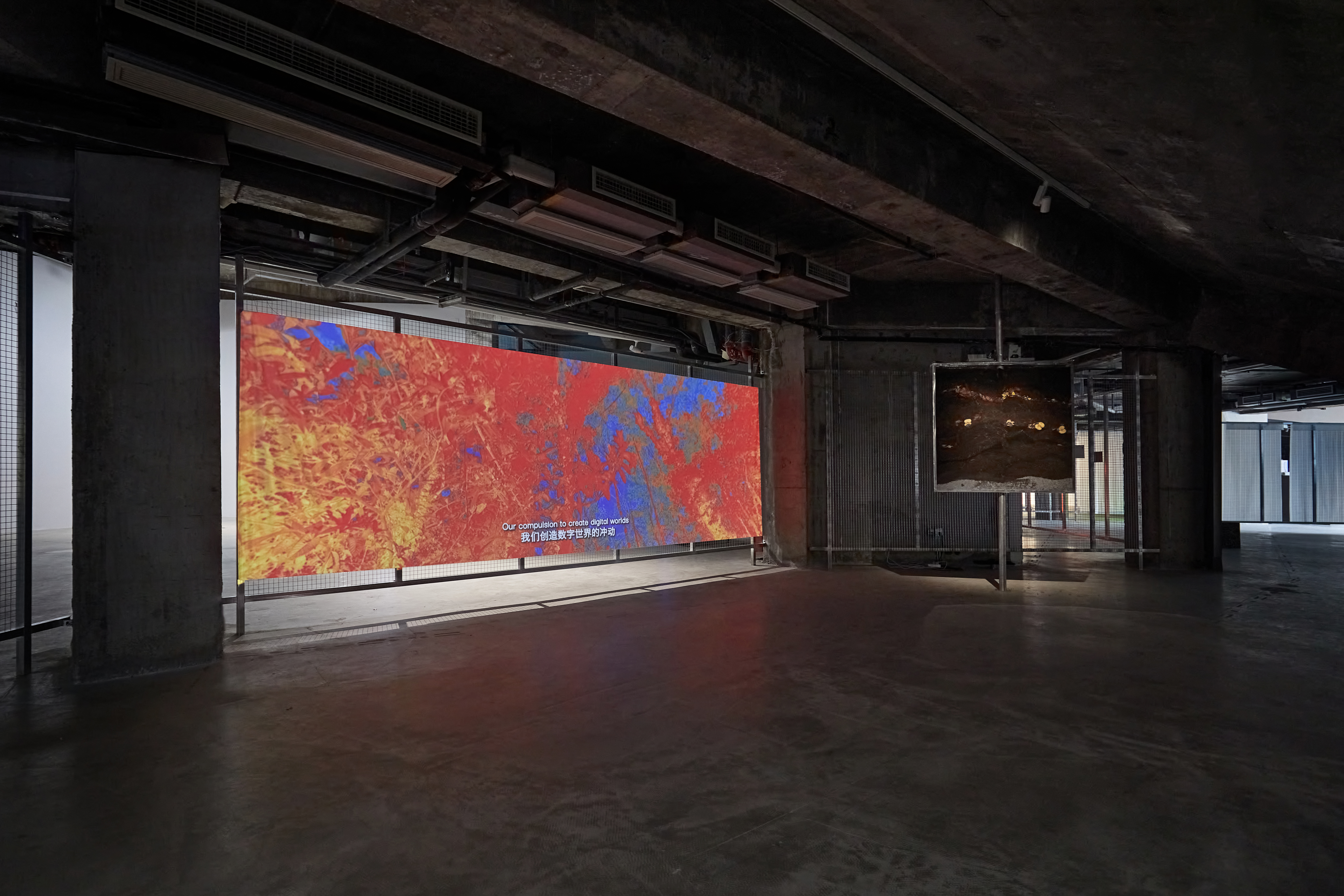
The voids between rocks are both the pores of geological structures and the multidimensional, parallel existences within technologized mountain. They are invisible signals and data traversing mountains and seas; they are shelters for explorers and places where storytellers linger. Suchattention to ‘Voids' originates from the embodied experiences during the infrastructural journeys of Under the Cloud: Guizhou. It also delves into how the porous spaces within solid mediums are shaped by the frictions and entanglements of geological and technological time. Geologist Jan Zalasiewicz, through geological metaphors, vividly illustrates the transformation of time and matter across macro and micro scales. He likens Earth to a stratigraphic machine operating at an extraordinarily slow pace, forming a kind of vertical geography.
Rock Host, Infrastructuring the Void examines not only the operation of this stratigraphic machine in a geological sense but also the shifts in technological infrastructures entwined with geological transformations. These interactions create gaps or internal folds at their points of friction. Porous spaces are dynamic, breathing, and never fully filled. Just as the cavities in karst landscapes regulate hydrology and climate, the rock voids explored in this curatorial project respond in a breathing-like manner to the evolving techno-environmental couplings marked by human traces. This prompts reflections on whether today’s technological infrastructures might resemble a vibrant “techno-natural" continuum—breathing rock bodies—rather than isolated, externalized, and inert technological objects, akin to stratified sediments. The exhibition extends its narrative to include works investigating the nested relationships between infrastructure and geological environments on a global scale. Some originate from participants in Under the Cloud: Guizhou, while others are drawn from the network of artistic practices connected during three years of communication along this trajectory. Using rock bodies as mediators and geography as a conceptual topology, the exhibition reflects on connections stretching from the Alpineranges to the foothills of the Himalayas, crossing the Hengduan Mountains, diving into Guizhou's karst caves, and finally storing themselves within the bunkers of theBeiqiu.From a certain perspective, these continuous inland mountain ranges have, at different times, served as a grander bunker.
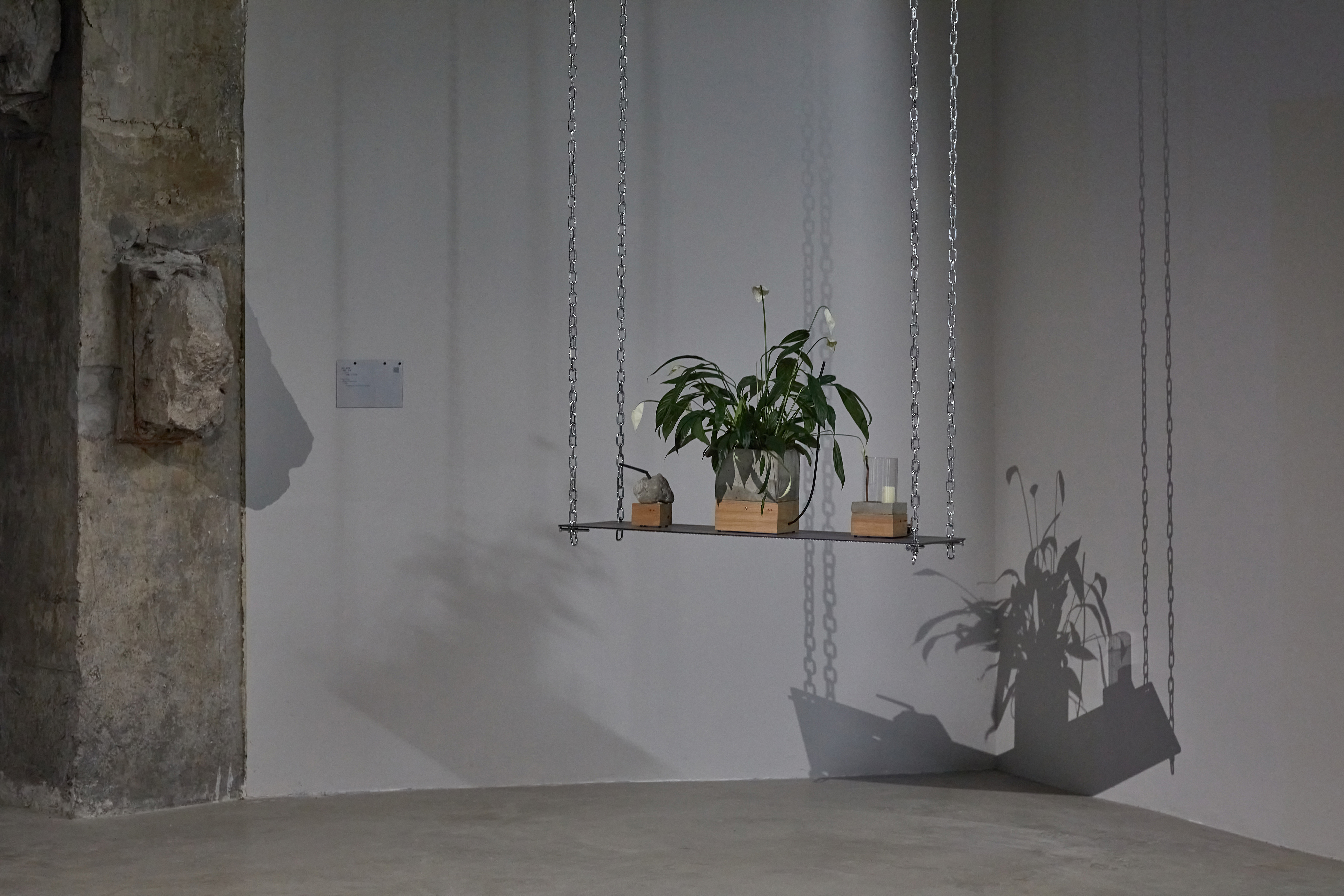
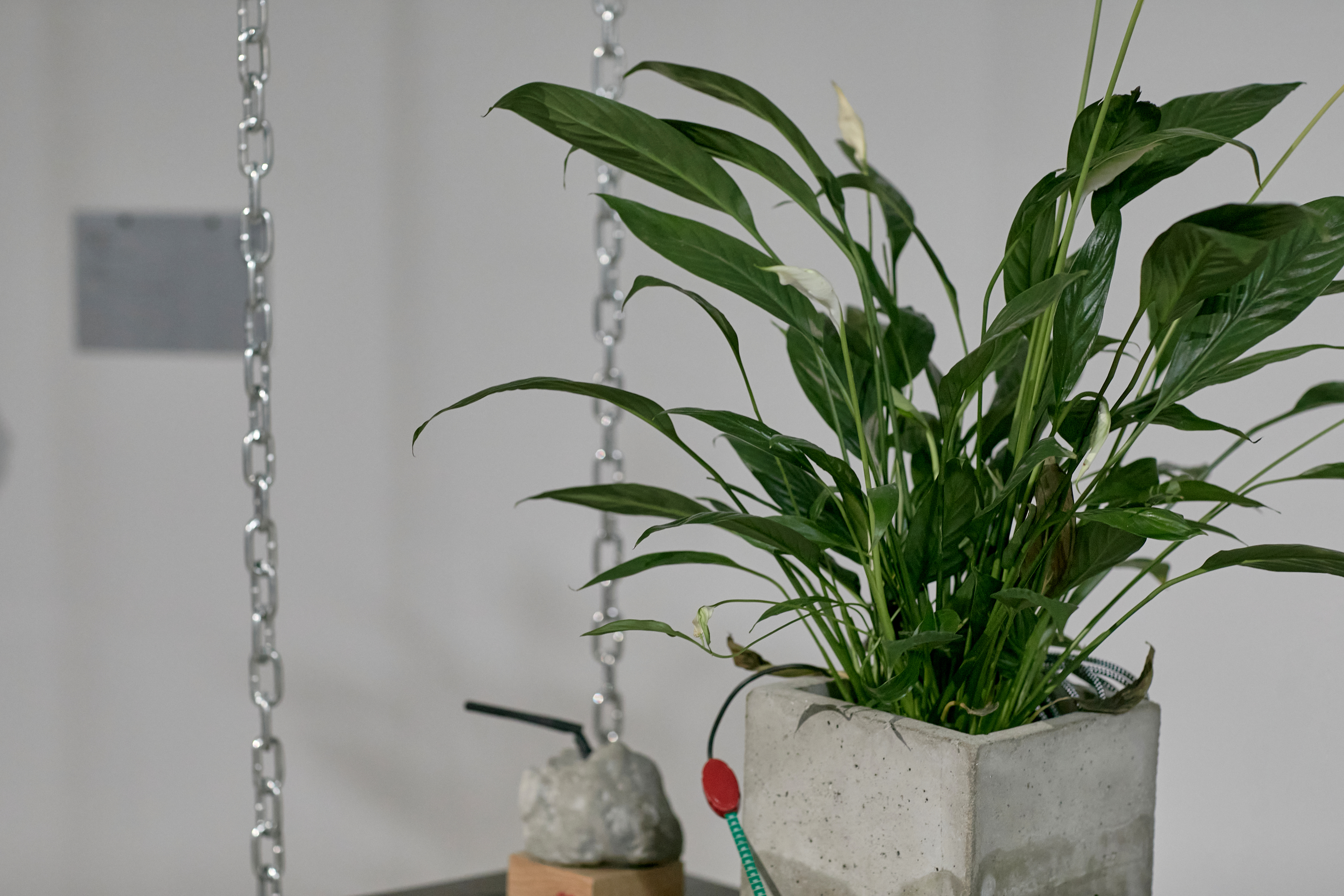
Within the voids of rock, an observant eye is embedded—nature, as it undergoes infrastructural transformation, is first pierced and mapped by the machine’s gaze. RETREAT! RESTLESS LANDSCAPES (Salvatore Vitale, 2020) peers through the lens of surveillance cameras to explore how structures, from Cold War fortifications to modern data centers, have shaped the Alps. Meanwhile,Static Range(Himali Singh Soin, 2022) reflects on a buried history of nuclear-powered monitoring devices hidden within the sacred terrains of the Himalayas.
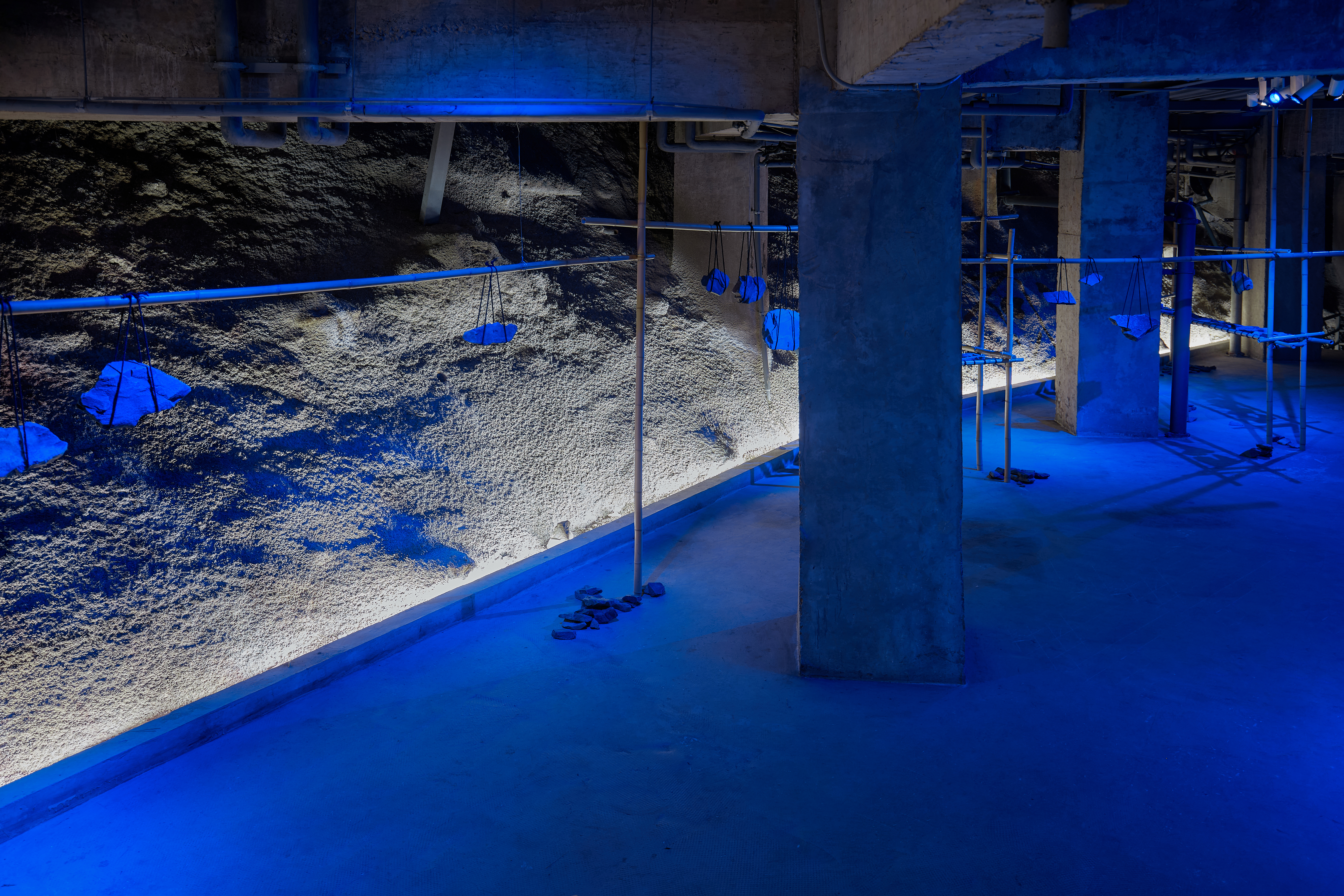
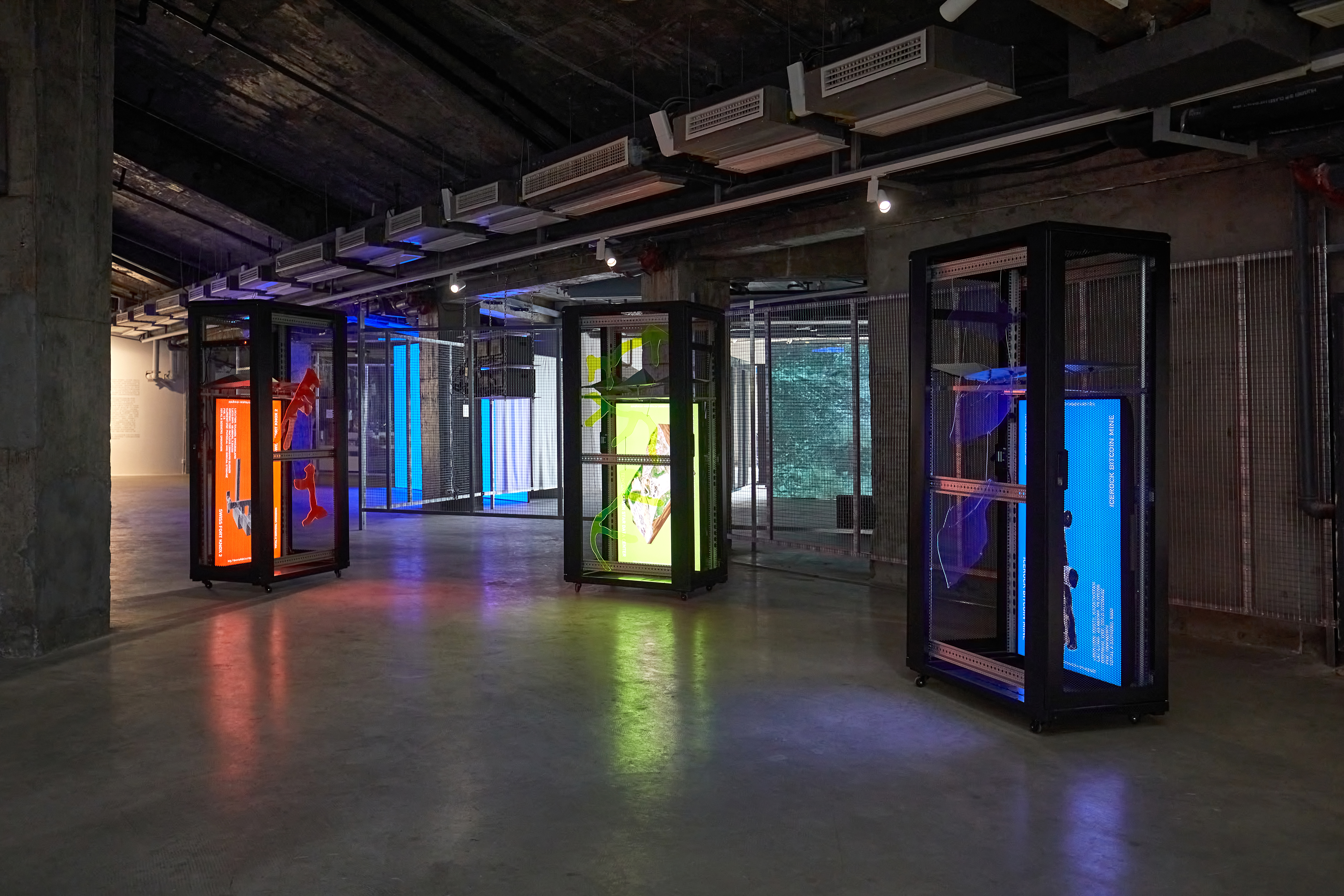
The void within rock serves as an interface between emptiness and solidity, a realm of constant flux where “time-filled space" continually transforms. Documentary backdrops merge with fictional spaces, human footprints overlap with non-human heartbeats. Minerals, once the offerings to mountain gods, are extracted by humans (When Tethys Sea retreats westward, leaving the reverberation, Chen Xiaoyi, 2022). Hydroelectric dams fracture fish habitats (Lost Waters, Badel/Sarbach, 2022), while computers modeling the cosmos emit heat, which earthworms use to create fertile soil (Computational Compost, Marina Otero Verzier, 2023). In this rocky void, roles of humans and non-humans coexist without a clear center, all orchestrated by the strata's choreography. Time here takes on myriad forms—it is misperceived (The Direct Sunlight, Qian Dajing, 2022), flows, calcifies (LIQUID TIME, Monica Ursina Jäger, 2022), encounters the incidental (Tone Along- Echoes of Encounters, Lithic Alliance, 2024), or is cached (Caches from the Landscape,The Nomadic Department of the Interior (NDOI), 2019-2021). These voids also store gaseous mist and liquid water. In ancient Miao songs, "clouds and mist" are the origin of the world. Today, many cold data centers and computational infrastructures are built within disaster-resistant Cold War bunkers, natural caves, and even mines (Mountain Stronghold, Dennis De Bel, 2022). Servers act as skeletons, while the digital cloud forms the veil draped upon them (Misty Cloud, Luo Shuang; Luorong Rock, Timur Si Qin). When the distinction between two clouds becomes indistinguishable, the technological imprints hidden in nature begin to surface (The Axis of Big Data, Zhou Tao, 2023). These imprints may undergo unanticipated transformations in the distant future, offering a glimpse of parallel futures in technology (Being Radiotropic, Tega Brain; The Con(tra)cave #1 On the subsumption of voidness, or a phantasy of autopoiesis, Duruo Wang & Zhang Wenxin; Western World,Cao Fei).
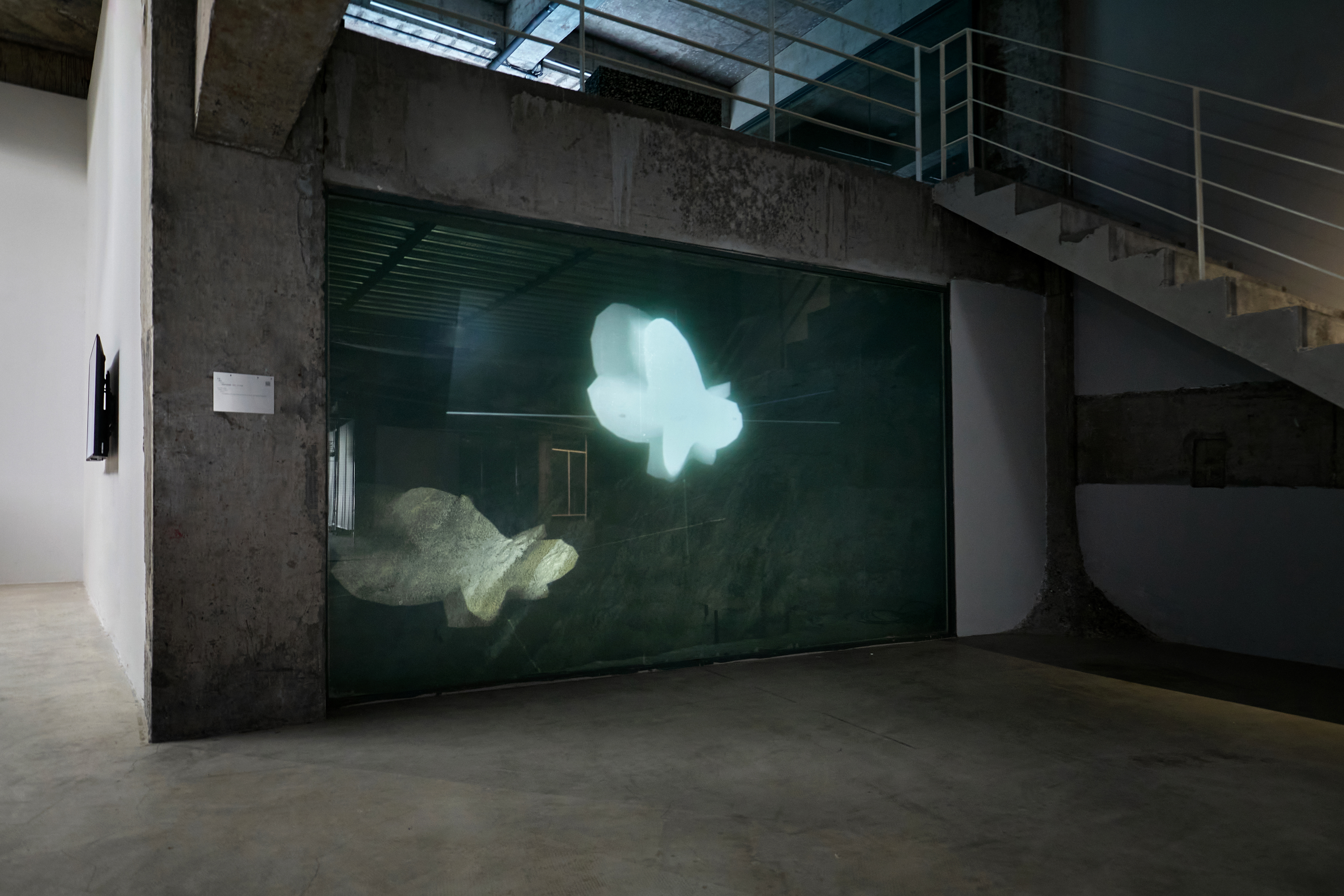
The exhibition reimagines the gallery space at the Beiqiu Museum of Contemporary Art as a massive rock-machine. Its design incorporates recyclable materials often used in actual infrastructure projects, transforming the site into a “void infrastructure" suspended in time—seemingly under construction yet simultaneously abandoned, nestled within the strata.
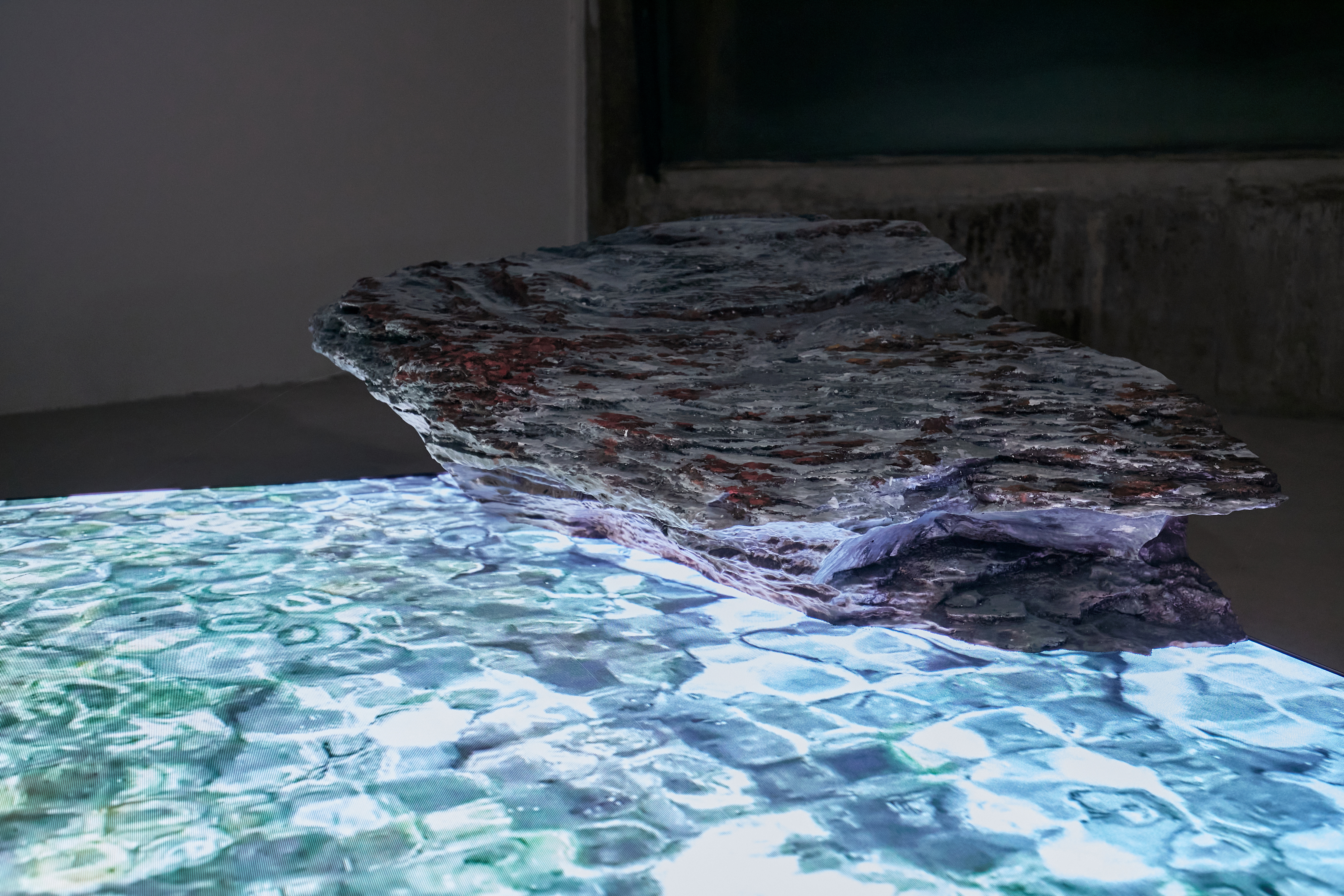
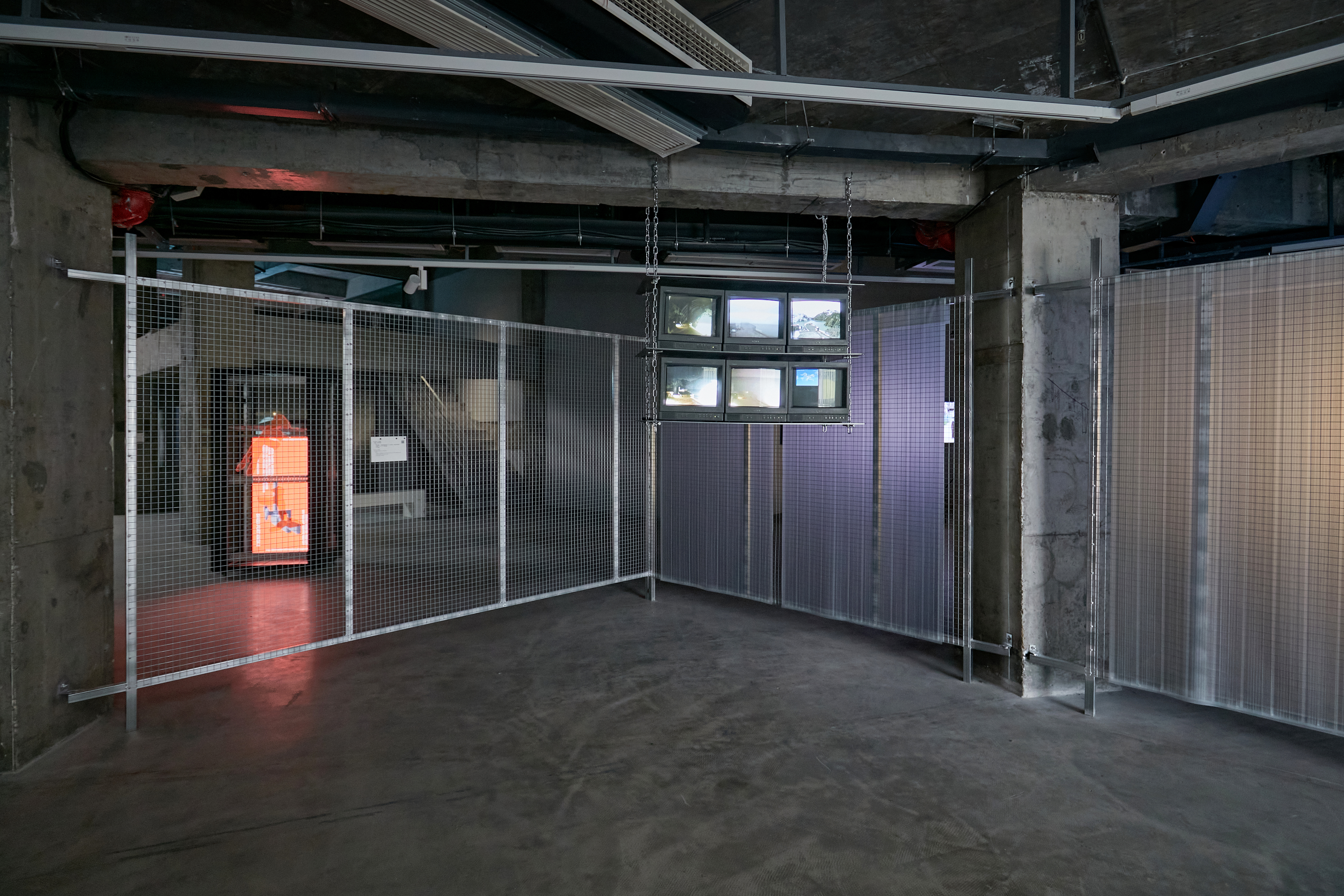
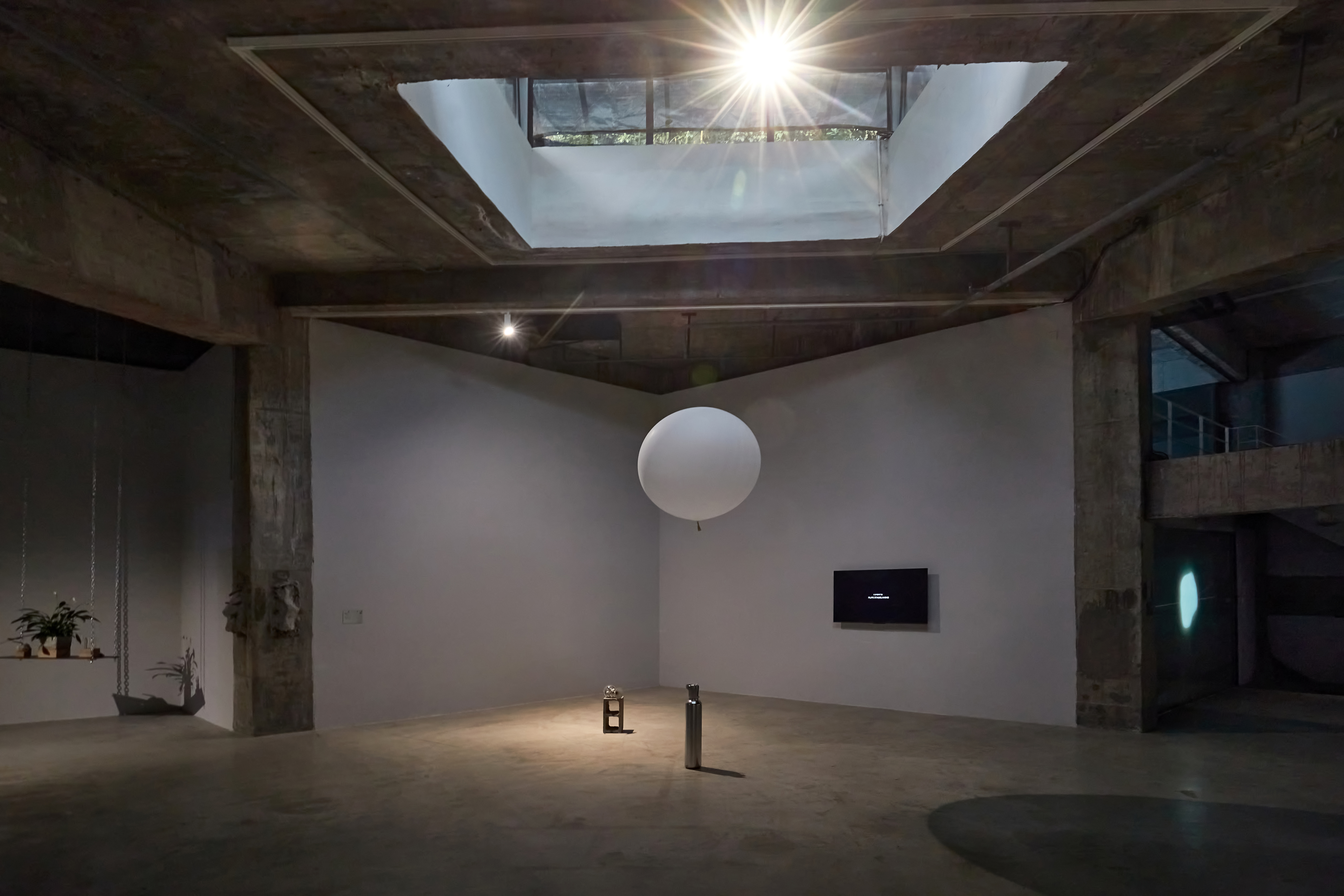
云雾生最早,云雾算最老。
The clouds and mist are the earliest born, and they are the oldest.
The clouds and mist are the earliest born, and they are the oldest.